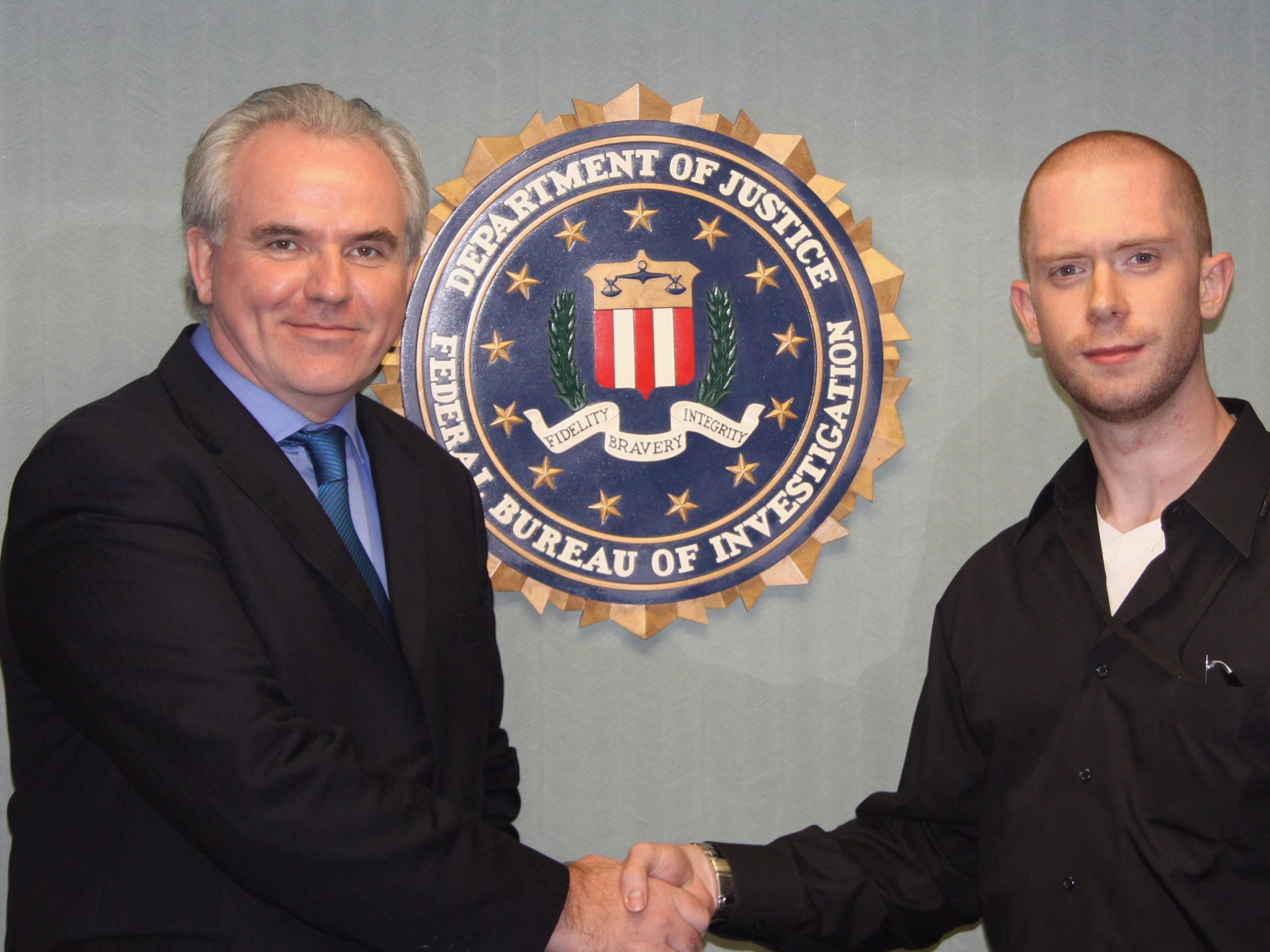Cold Reading Techniques: The Complete Beginner’s Guide
Cold Reading Techniques: The Complete Beginner’s Guide
If you’ve ever wondered how magicians, psychics, or even skilled salespeople seem to know so much about someone they’ve just met, the answer often lies in cold reading techniques. These methods are not about mind-reading or magic they are rooted in psychology, observation, and clever communication. By learning the right cold reading techniques, anyone can appear intuitive, build rapport quickly, and make powerful connections in both personal and professional settings.
What Are Cold Reading Techniques?
At its core, cold reading techniques are methods that allow you to make convincing statements about someone without prior knowledge. They rely on general truths, body language, and subtle cues from the person you’re interacting with. Whether you want to entertain as a mentalist or simply improve your communication skills, mastering cold reading techniques is an invaluable skill.
Why Learn Cold Reading Techniques?
There are many reasons people want to master cold reading techniques:
Entertainers & Magicians use them to amaze audiences.
Sales Professionals use them to connect with clients.
Public Speakers use them to adapt their message.
Everyday Communicators use them to build stronger relationships.
No matter your goal, learning cold reading techniques gives you the ability to connect more deeply and understand people better.
Essential Cold Reading Techniques for Beginners
The Barnum Effect
One of the most famous cold reading techniques is using vague but relatable statements like “You sometimes feel misunderstood.” These work because people naturally apply them to themselves.Shotgunning
This is one of the cold reading techniques where you make broad guesses hoping one will be accurate. For example, “Someone close to you has been worried about their health.”Fishing
Another common cold reading technique is asking questions that sound like statements, encouraging the person to reveal information you can build upon.Body Language Reading
Observing posture, gestures, and facial expressions is one of the most reliable cold reading techniques, helping you assess emotions quickly.Warm Reading
Similar to cold reading, but based on information you already know or can reasonably assume, this cold reading technique is often used in casual conversations.Rainbow Ruse
This clever cold reading technique allows you to give someone both sides of a personality trait, like: “You can be very outgoing, but at times you enjoy being quiet and reflective.”The Law of Averages
Many cold reading techniques work because certain statements are likely true for most people. For instance, “You’ve lost someone you cared about deeply.”
How to Improve at Cold Reading Techniques
Practice Observation – Notice details like jewelry, clothing, or accents.
Listen Carefully – One of the strongest cold reading techniques is active listening.
Stay Confident – Delivery matters as much as accuracy.
Refine Your Statements – Start broad and then adjust based on reactions.
Common Mistakes to Avoid
When practicing cold reading techniques, avoid these pitfalls:
Being overly specific too early.
Sounding rehearsed or unnatural.
Ignoring feedback or body language cues.
Forgetting to build genuine rapport.
Professional Applications of Cold Reading Techniques
While many associate cold reading techniques with magicians or psychics, they have real-world applications too. In sales, they help professionals connect with clients. In therapy, they help counselors read emotional cues. In leadership, they help managers motivate teams. The versatility of cold reading techniques makes them valuable across many fields.
Mastering cold reading techniques isn’t about tricking people it’s about learning how to observe, listen, and connect on a deeper level. Whether you’re a performer, salesperson, or someone who simply wants to improve social skills, practicing these cold reading techniques can give you an edge in any interaction.
The more you use and refine them, the more natural they will feel. With time, cold reading techniques can help you create stronger connections, captivate audiences, and enhance your communication skills.





